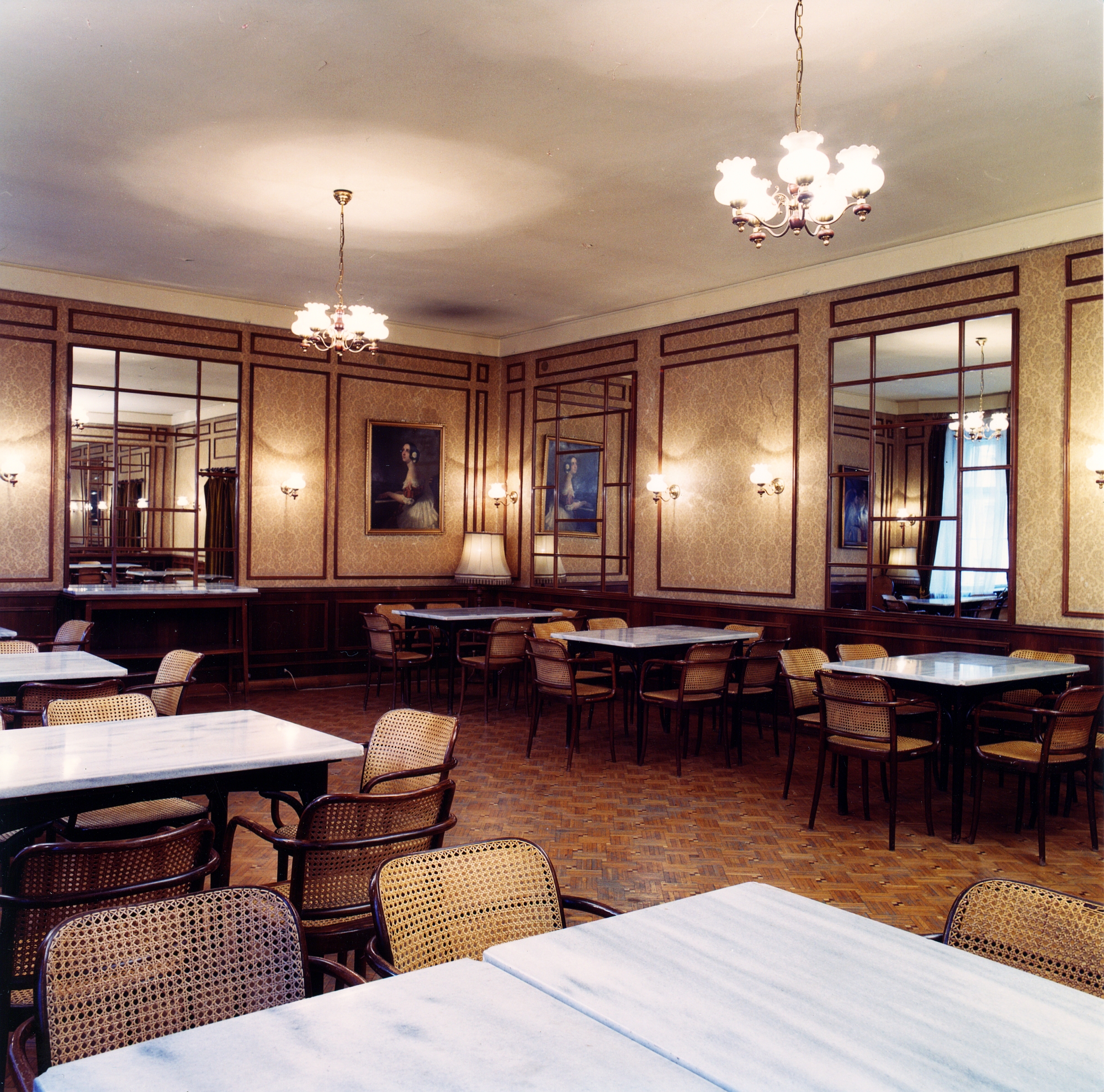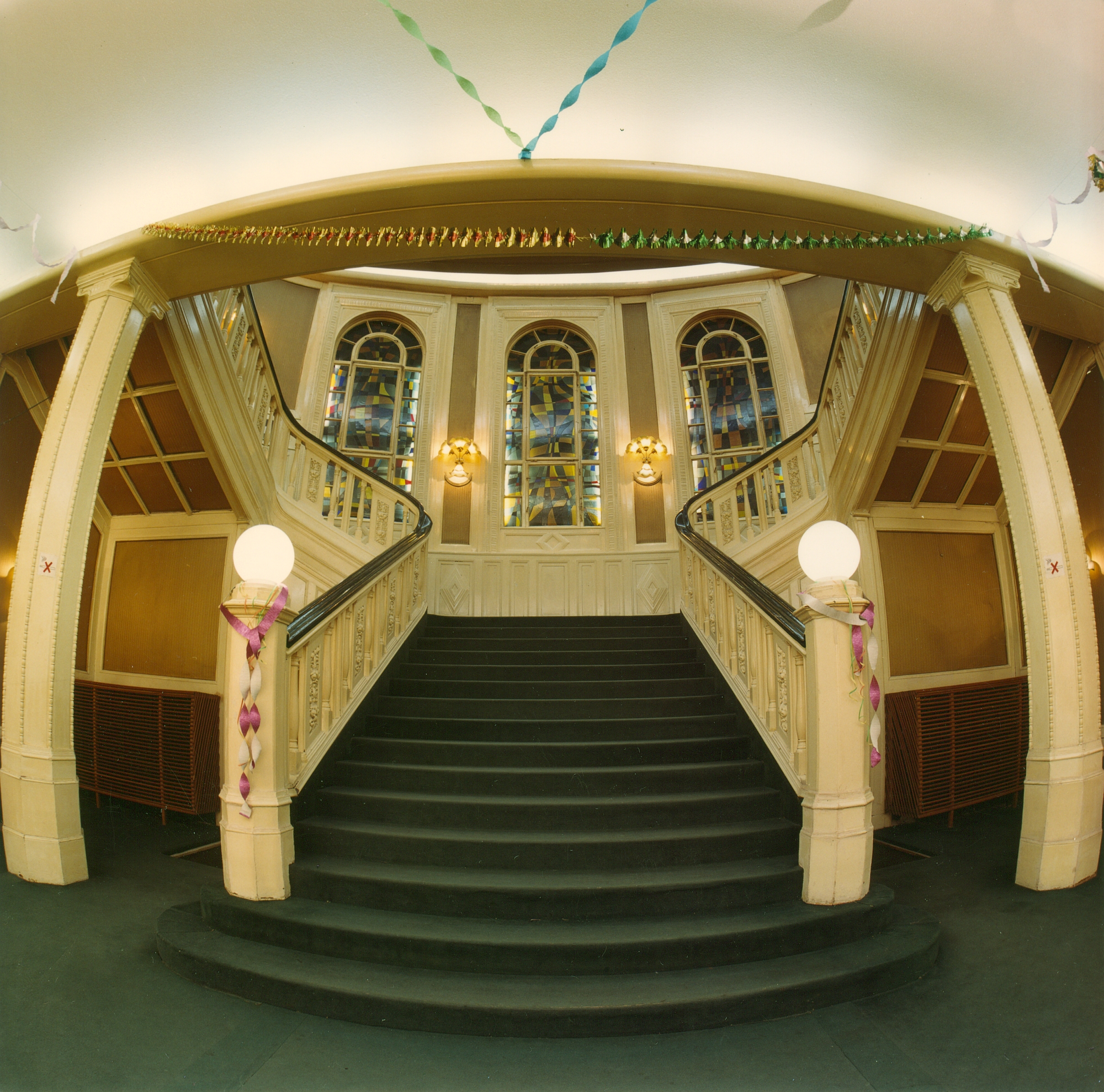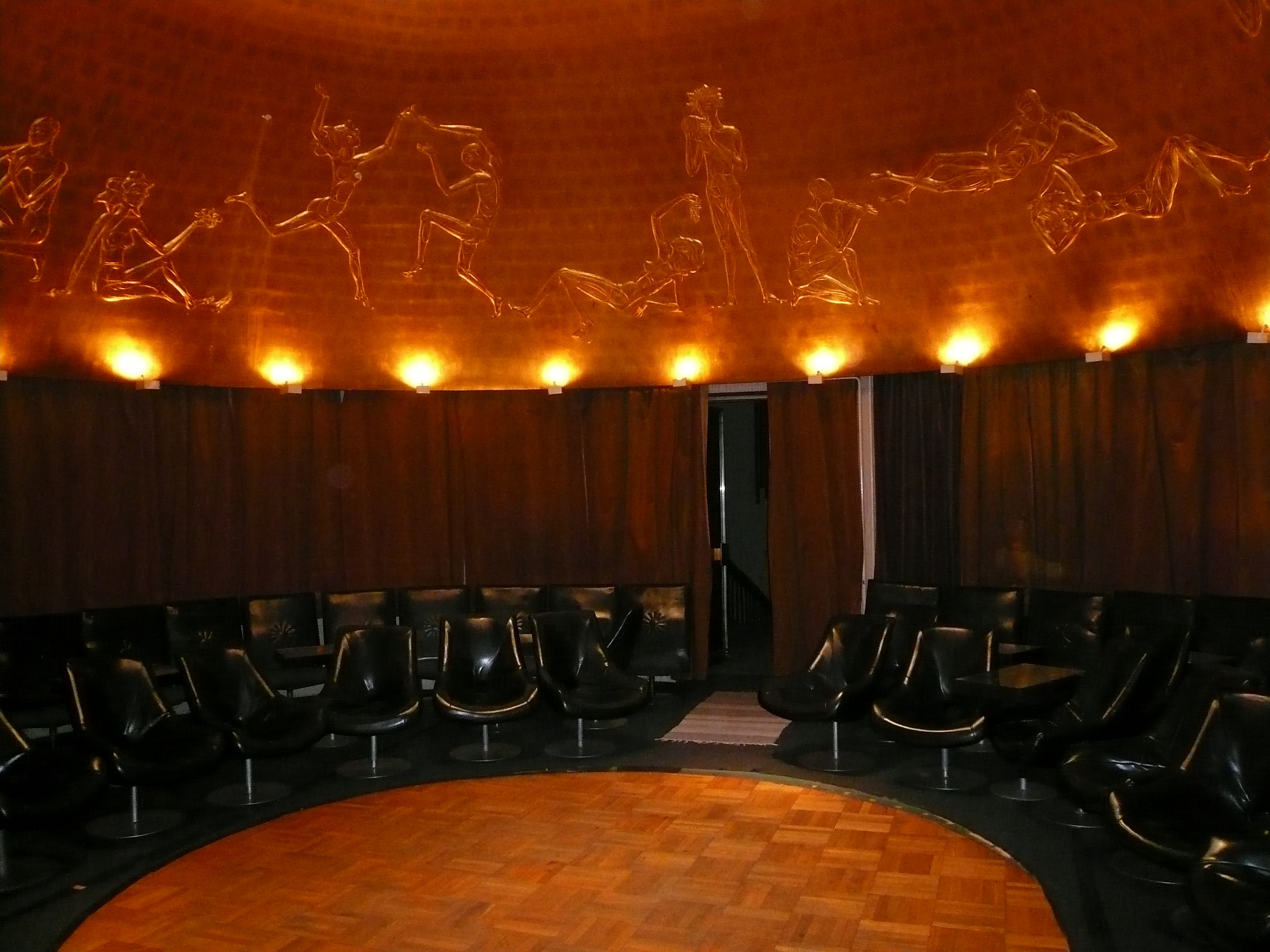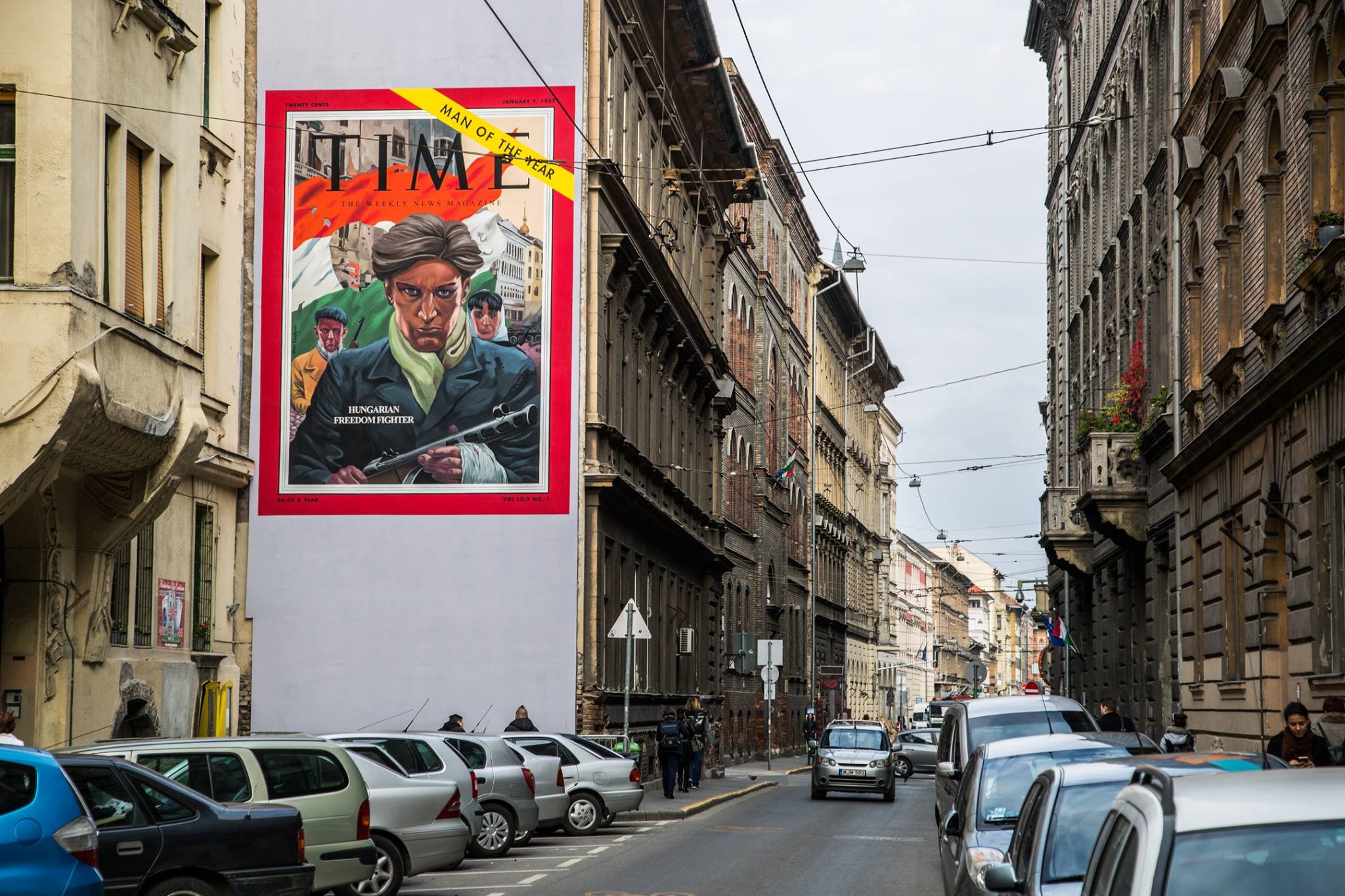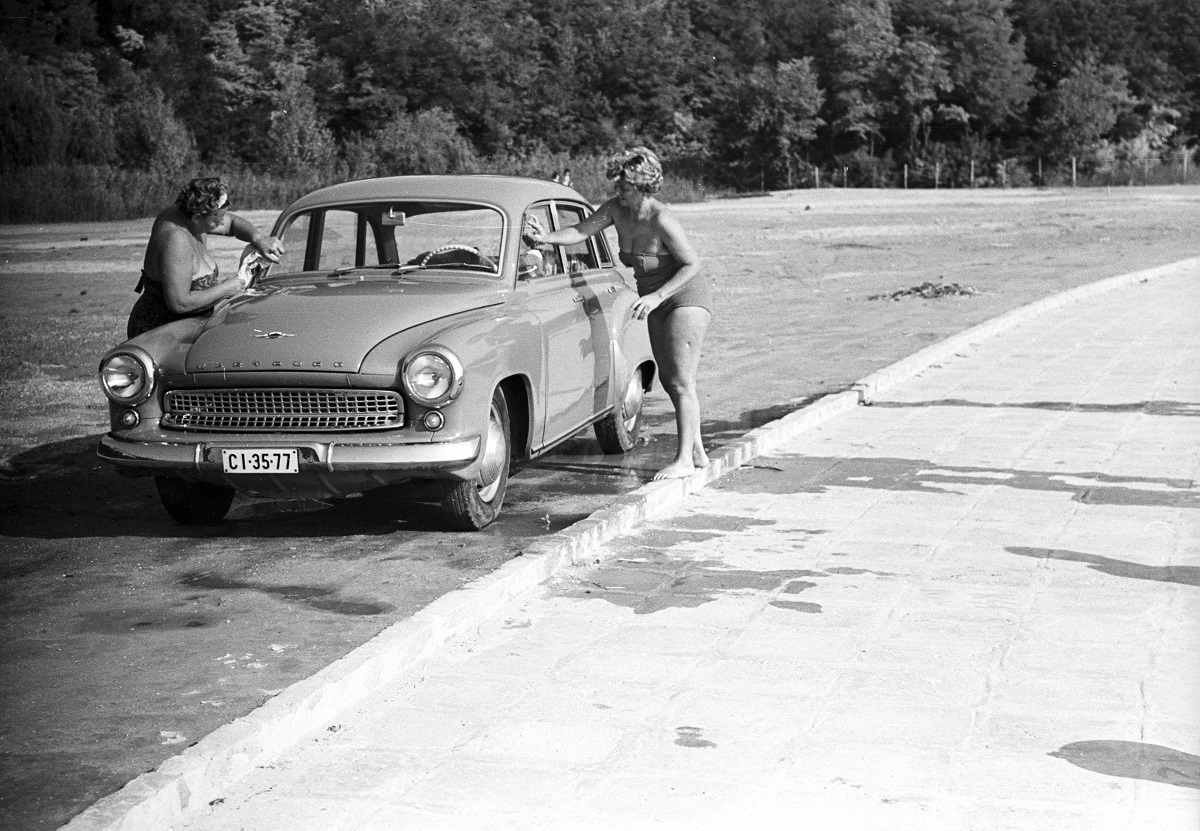On Body and Soul Continues Winning Over World
zita kisgergely
Fresh from two recent exposés in Daily Variety, both of which tout Budapest as ‘Hollywood on the Danube’ for the amount of big budget film and TV series being shot here, Budapest couldn’t be more of a film hotbed. Or could it? Getting less press in Hollywood trades, but on the radar of Oscar voters, is a local film that is gaining more and more momentum with each passing month. We are talking about the lovely drama Testről és lélekről by Hungarian director Ildikó Enyedi, or On Body and Soul, as it is known in English. The film is turning out to be an art-house sleeper hit, having won the Golden Bear in Berlin and more recently, the European Film Award for best film, as well as best actress (Alexandra Borbély), and best director and best screenplay (Enyedi). It’s been almost 20 years since Hungary got a nomination for that award (for István Szabó’s Sunshine) and represents Hungary’s first ever win.
We wrote about this On Body and Soul sometime in February of this year, but now that it is Hungary’s official entry into the Best Foreign Language Film category of the Oscars, and that it is being enthusiastically embraced by international audiences (receiving a stellar 95 percent rating on the popular film site Rotten Tomatoes), it seems relevant to revisit.
On Body and Soul has received mostly positive reviews, with Time Out saying “It's a slow, quiet and beautifully composed story about human connection, or more specifically, the difficulty in finding it.” It marks a return to the spotlight for the director, who won the Cannes Camera d’Or prize for first feature way back in 1989 for her debut My Twentieth Century. Whether On Body and Soul can repeat Son of Saul’s success with the Oscars remains to be seen. We can only hope its quiet poetry and quirkiness will be appreciated by those who vote, and that Hungary will be heralded as not just the go-to spot for film and TV production in Europe, but also for its erudite and rich local film-making.
photo of Ildikó Enyedi via Wikipedia
Flatpack Films is based in Budapest, Hungary. We are a film company that offers an inspiring and professional work atmosphere for our local and international clients. Since our inception, our focus has been providing the best of the best in terms of local production resources, locations, cast, and technical teams to ensure that whatever the production we facilitate, we do to highest standard possible.






